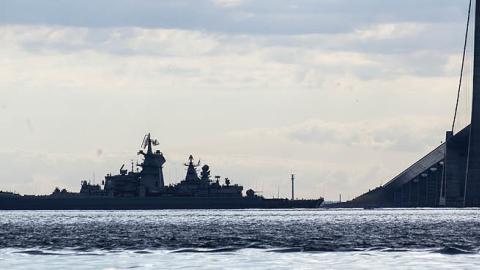Abstract
This study, produced for the US Defense Threat Reduction Agency (DTRA) assesses the hypersonic capabilities and strategies that the Russian Federation and the People’s Republic of China could plausibly deploy over the next decade. It further evaluates the implications for sustaining US operational advantages, particularly in Europe and the Indo-Pacific region, to inform future US national security operations, activities, and investments.
The major sections of this report cover:
* the strategic and regional implications of Russian and Chinese hypersonic capabilities;
* similarities and differences in Russian and Chinese hypersonic programs and concepts of operations;
* potential Sino-Russian collaboration regarding hypersonic systems;
* possible hypersonic-related Russian or Chinese assistance to other plausible US adversaries, such as Iran and North Korea; and
* US actions to mitigate these threats.
Developments in all these dimensions could transform the Weapons of Mass Destruction threat to the United States and its allies. Since most hypersonic delivery vehicles are inherently “dual-use” systems that can carry either conventional or nuclear warheads, DTRA will play a critical role in the US efforts to mitigate these challenges. This report therefore offers concrete recommendations for addressing how DTRA, US Combatant Commands, and other Department of Defense elements can realize the objectives specified in the 2018 US National Defense Strategy, despite the expanding Russian and Chinese hypersonic capabilities and activities.
The study draws primarily on the substantial body of unclassified Russian, Chinese, and Western sources to evaluate Russia’s and China’s hypersonic capabilities. Both countries have become more open about their hypersonic technologies in recent years as they seek to communicate deterrence threats and coercive signals to other countries as well as emphasize military prowess to domestic audiences. In addition, civilian and military experts on hypersonic weaponry generously shared their insights.

















